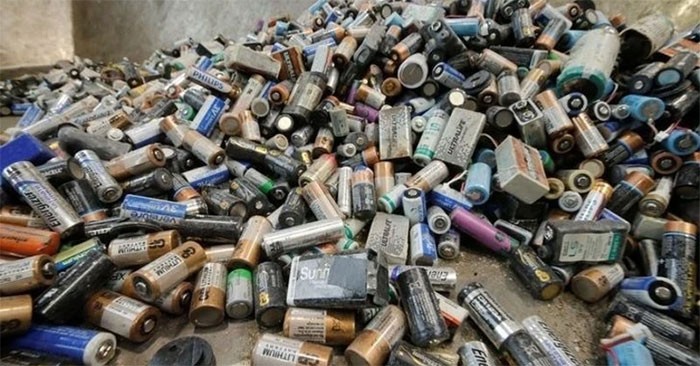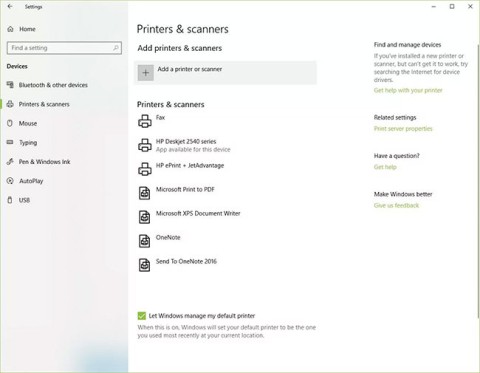A new study published on July 8 in the journal Nature shows that lithium batteries used in everyday devices and renewable energy storage may release more chemicals into the environment, exacerbating the problem of soil and water pollution.
Lithium-ion batteries can be a source of “forever chemicals” — a term that refers to the presence of thousands of different polyfluoroalkyl substances (PFAS).

For decades, “forever chemicals” have been used to make devices more resistant to water, dirt, and heat. More recently, bis-perfluoroalkyl sulfonimides (bis-FASIs), a specific subgroup of PFAS, have been used as electrolytes and binders in lithium batteries.
Around battery manufacturing facilities around the world, researchers have found increased levels of bis-FASIs in soil, sediment, water, and snow. They have also found bis-FASIs in fluids leaking from battery landfills.
Lithium batteries, from the moment they are created until they are completely degraded, are a potential source of long-term chemical pollution.
There are currently no regulations specifically for handling these chemicals. PFAS are used in everything from nonstick pans to food packaging to fabric preservatives to dental floss, so their environmental and human health effects are largely underestimated.
Lithium batteries are increasingly popular for electric vehicles and clean energy. The study authors found bis-FASI in 11 batteries when testing 17 different types of batteries used in laptops, smartphones, tablets, and electric vehicles.
The study was designed to draw attention to PFAS chemicals, which are readily found in the environment but often overlooked, and importantly raised awareness of the life-cycle impacts of lithium batteries.

















